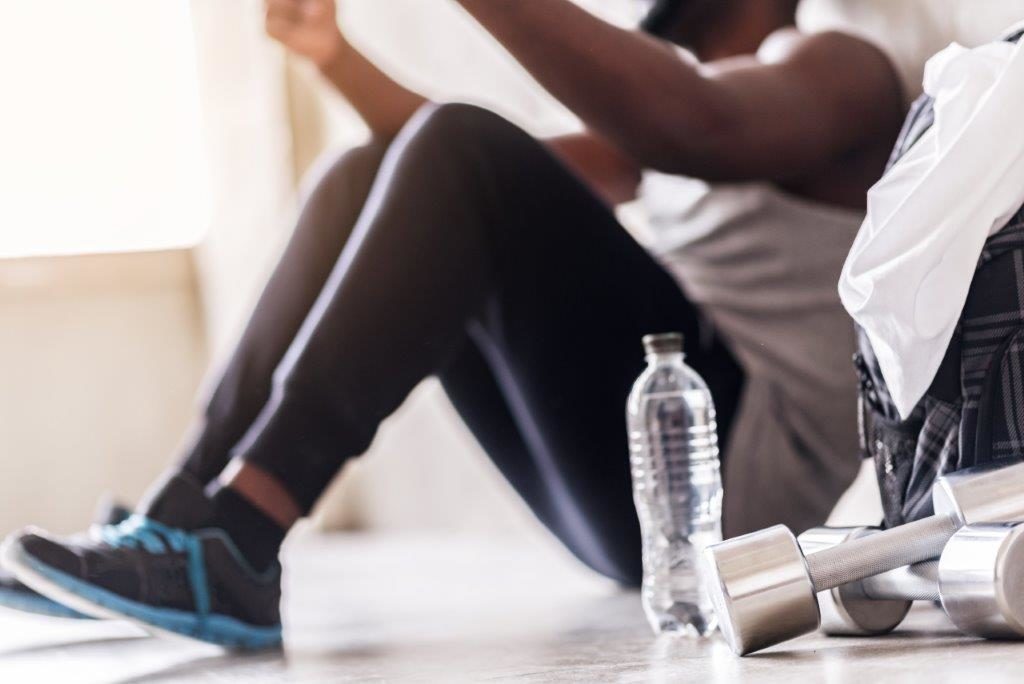
How to start weightlifting
Although running, dancing and yoga are very popular, weightlifting is becoming far more common among people wanting to boost their wellbeing, especially on the Well One health platform. Both men and women are now picking up the weights to take advantage of the variety of benefits they can offer.
Whereas there are plenty of machines that can simulate certain weightlifting exercises, there is no substitute for the real thing, which combines balance and strength to target every part of the muscle.
However, there is a real danger that you might injure yourself if you don't take the right precautions when you start weightlifting. By adopting a safety-first approach, you can not only ensure incident-free sessions with the weights, but also maximise your gains.
Get the gear
Before picking up a dumbbell or barbell, first make sure that you have the correct gear for the activity – which means top-to-toe coverage. Balance and poise are essential when weightlifting, so trainers with a good deal of grip and no wriggle room are vital – tie the laces as tightly as you can without it becoming uncomfortable.
If you'll be lifting particularly heavy weights, knee straps are advisable – these are bandages that are tied below the knees to offer extra support, but are probably unnecessary for beginners. Likewise, fingerless gloves can help to boost comfort and reduce the metal's effect on the palms.
A weightlifting belt is something that all aspiring weightlifters will require, however; not only will it ensure you maintain posture while lifting, but it will also support your spine and make sure that the muscles are solely responsible for lifting the weights, not your back.
Use the right technique
As with any gym-related activity, maximising gains from weightlifting is dependent on getting the technique right every time.
Weightlifting is an anaerobic activity, so breathing needs to be carefully regulated; take a deep breath before lifting the weight, then exhale slowly as it is lifted. If you're repeating the motion (such as with a dumbbell or barbell), then breathe before lifting each time.
Slow and steady wins the race – there is no benefit to lifting weights quickly, so take your time when lifting and lowering the weight. Often, there is as much benefit to be had from slowly lowering a weight down as there is from lifting or pushing it up, as different muscles are targeted in each direction.
Test your limits
If you're looking to build muscle, then lifting a weight that you can easily do 30 reps with is unlikely to have much benefit. Instead, choose something that you can do three sets of around ten reps with, with each set proving a challenge.
If you 'feel the burn' after a set this is a good thing – it means tiny tears have appeared in your muscles, which is the way they are able to grow, when combined with an appropriate diet containing plenty of white meat, fish and vegetables.
If size is not your main goal and definition is your aim, then choosing a weight that can be lifted around 20 times (but is still a challenge) is the way to go. Aim for four – five sets, rather than three, but stick to the same post-workout meal, and you'll see an improvement in no time.




